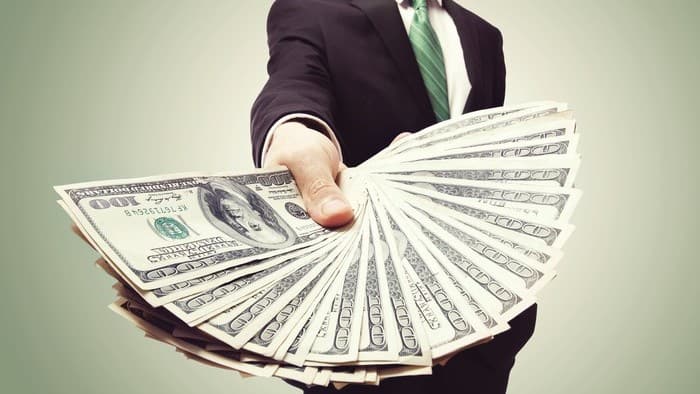One of the things I have learned over the years investing in ASX dividend shares is that this is not a spectator sport. In my view, investing for dividends requires regular analysis, review, and the willingness to make changes if required. For example, Telstra Corporation Ltd (ASX: TLS) was considered a rolled gold ASX dividend share for many years. And then one day, it wasn't.
The same could be said for our large banks like Commonwealth Bank of Australia (ASX: CBA), right up until the regulator put a cap on how much banks could distribute to shareholders. Moreover, a myth of ASX dividend investing is that it applies mainly to mid cap shares or larger. I have always rejected this premise. While large caps are more secure, small cap shares often pay higher dividend yields.
Small cap ASX dividend shares
New Energy Solar Ltd (ASX: NEW) currently pays a trailing 12 month (TTM) unfranked dividend yield of 9.1%. This is an infrastructure trust that buys, builds, and operates solar farms in Australia and the United States. It continues to ride a wave of government enthusiasm and spending and has positioned itself as a high margin provider of electrical power. The company's revenue stream is susceptible to changes in weather, yet it is currently priced at 39.4% less than its net asset value per share.
G8 Education Ltd (ASX: GEM) is an early learning and childcare company with assets predominantly in Australia, and some in Singapore. Over the past 10 years, the company has had a share price CAGR of 16.7%, enough to triple the initial investment in this time. Furthermore, it presently has a TTM dividend yield of 10.3%. As this is a 100% franked payment, it also carries a tax credit of 4.4%. Like New Energy, this company is also trading at a discount to its net tangible asset value of 42.9%.
Base Resources Limited (ASX: BSE) is an early stage, but producing, mineral sands company. At today's price this company has a TTM dividend yield of 14%, which is very large. However, this year was the company's maiden dividend payment. So there is some risk as to whether they will do so again. The company's net profit after taxes (NPAT) for FY20 was $39.6 million. This was a slight reduction on 2019 due to reducing ore grades. Nevertheless, the company intends to produce 700,000 tonnes in FY21, an increase of 50.2%.
Foolish takeaway
There are a few things investors can take away from this article. First, an effective ASX dividend paying portfolio needs to be actively managed. Second, small caps often pay more per share than large caps. Nonetheless, they are considerably more risky. Third, the dividend yield itself must be considered along with an evaluation of company performance, future growth plans, and management skill.









